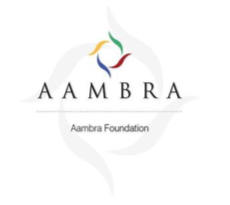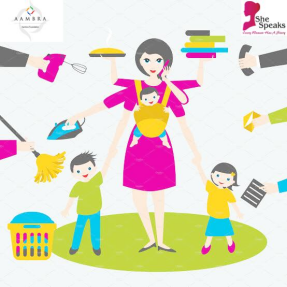Violence against women: An exploration of multiple forms
What do we understand by the word violence? Usually, people define violence as using only physical force to injure or hurt someone. However, violence can manifest in many ways.
The World Health Organization (WHO) termed violence as “an omnipresent part of human life” and stated that most deaths in the age group of 15 to 44 years were caused by violence in some form. This statistic makes it important to explore the concept of violence in depth and understand the biological, socio-cultural, political, economic and psychological factors that contribute to violence.
Crimes such as rape, murder, domestic violence, dowry related harassment, sexual harassment, acid attacks, female infanticide, coerced reproduction, prenatal preference for male children, and increasing rates of cyber-crime are very common. This is alarming and brings to light the diverse kinds of violence inflicted on women around the world.
In India, gender-based violence is highly prevalent. The National Family Health Survey (NFHS-4) indicated that in the age group 15-49, almost 30% women in India have experienced physical violence starting around the age of 15. 6% of women within this same age group have been subjected to sexual violence, at least once in their life.
Sometimes, the normalization of violence against women in society becomes so ingrained that several women may not even realize that they are being subjected to violence, microaggressions or gender-based abuse. The patriarchal nature of Indian society has perpetuated man as a symbol of utmost authority and control and women as a symbol of silence, tolerance and subservience. Thus, to really pluck the issue of gender-based violence from its core, one must understand the categories of violence. This would help to alert the society about more normalized and subtle forms of aggression and encourage awareness and abolishing of such structures.
Women are subjected to aggression across their lifespan, sometimes right before their birth until their death. Violence against women can be either physical, psychological, sexual, or include deprivation and neglect. Physical violence is comparatively more noticeable and also reported more, the other types usually go unreported and ignored. Ironically, though psychological violence is estimated to be the most common type of violence against women, it still gets overlooked. This form of violence includes everything from yelling, insults and gas-lighting to threats and isolation.
There is often a sense of control that men have over their partners and this can facilitate a lot of belittling, humiliation, intimidation, coercion and fear. Sexual violence is also highly common between intimate couples. Sexual abuse can include non-consensual sexual contact, derogatory insults or name calling, refusal to take contraceptive precautions, withholding of information regarding presence of STDs and causing unnecessary pain or humiliation during sex. In India, this is often due to a lack of sex education that leads to men believing that it is a woman’s responsibility to sexually satisfy them, which in turn leads to women go through a state of distress.
A special form of violence that is related to and exacerbates the types already mentioned is financial abuse. Most women in India are financially dependent on their partners and families and this forces them to endure most of the violence without any complaints or protests. They are often helpless and forced into silence with threats of being thrown out or cut off financially. Consistent exposure to these types of violence can severely degrade the physical, mental, emotional and reproductive health of women putting them at a risk of developing a variety of disorders.
The terms- “violence against women” and “gender-based violence” have been used interchangeably in existing literature. This suggests that gender inequality is the motivating force behind these aggressive and violent crimes. When one learns about the intensity and brutal nature of most of these crimes, it can bring up the question- Why don’t these women report any harassment immediately or improve their own situation by taking the matter into their own hands? However, this is easier said than done. For example, in an article published by The Hindu in 2019, the rapid decrease in conviction rates for crimes against women and girls was explored. It emphasized a marked decrease in conviction rates for crimes like rape, molestation, dowry deaths, sexual harassment and cruelty by husbands, specifically. This disparity in the ratio of reported crimes and conviction rates is extremely discouraging to other women who have been victims of similar abuse. Apart from this legal angle, there are several other factors that act as roadblocks in women reporting crime, violence, abuse or even discrimination. Society has highly stigmatized women who have been victims to crimes like rape and often place the blame on the victim itself. This stigmatization paired with a high degree of self-blame, economic dependence on families, shame and loss of honour associated with sexual assault related crimes combine to discourage women from seeking help. More often than not, even families of the victims’ silence and shame them instead of supporting them.
The rising rates of violence and aggression against women are worrisome and demand immediate action. While there are several government policies in place and NGOs are working towards creating safe spaces for women and empowering them, there is a need for society to wake up and acknowledge the trauma these women are facing and unite in this fight against violence. This can only happen if each citizen takes responsibility and works together to kick start the process of change!





